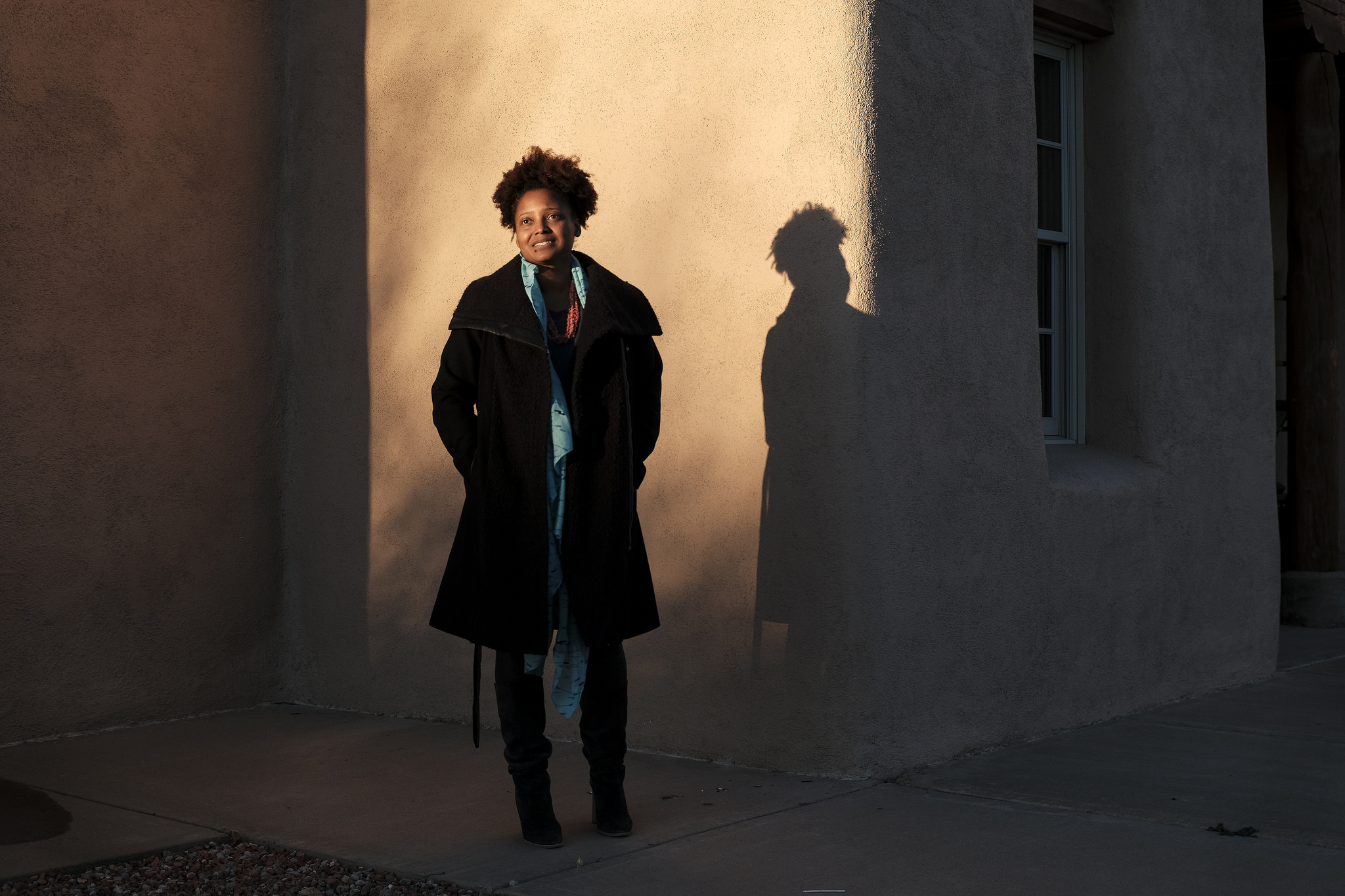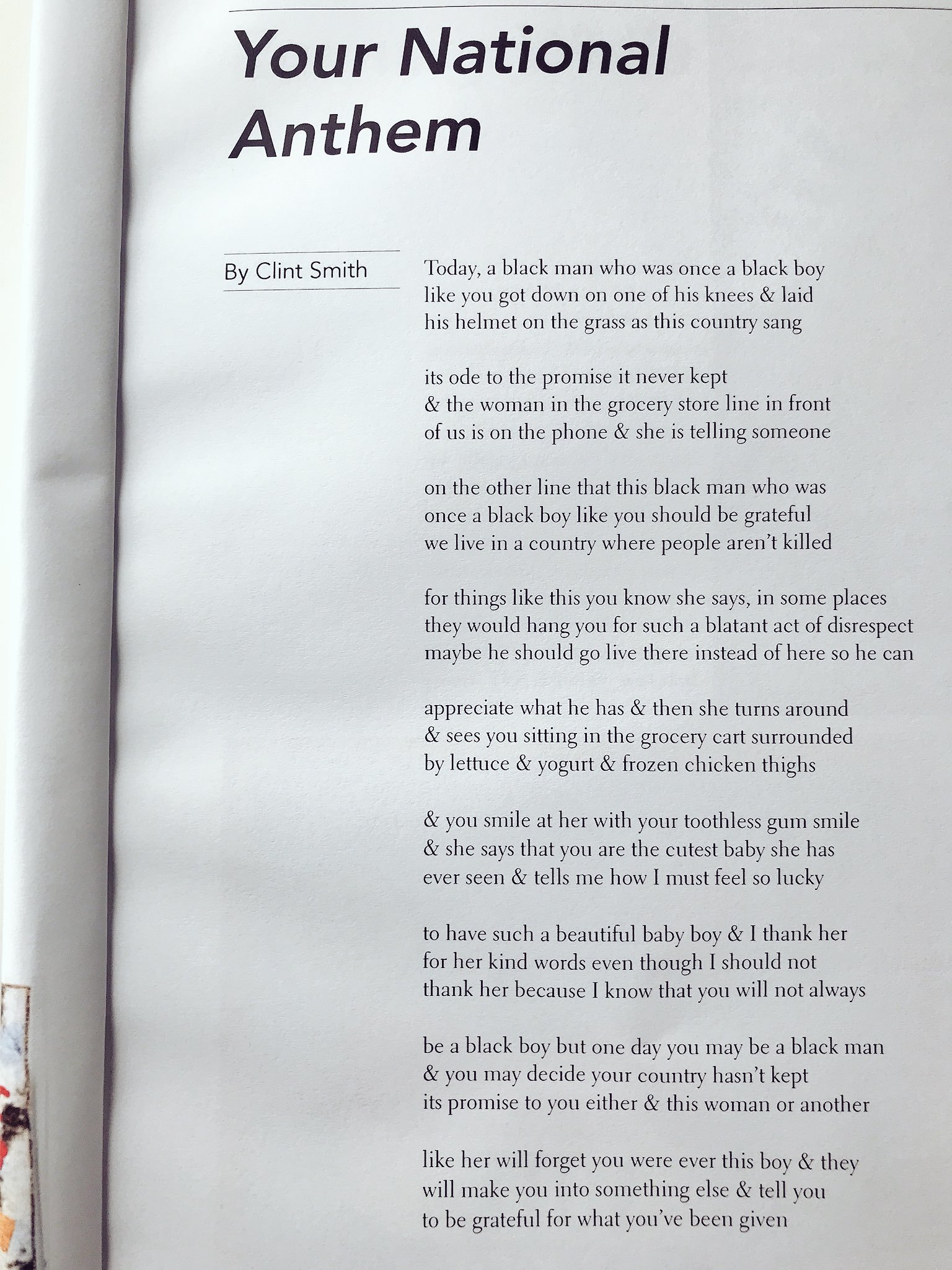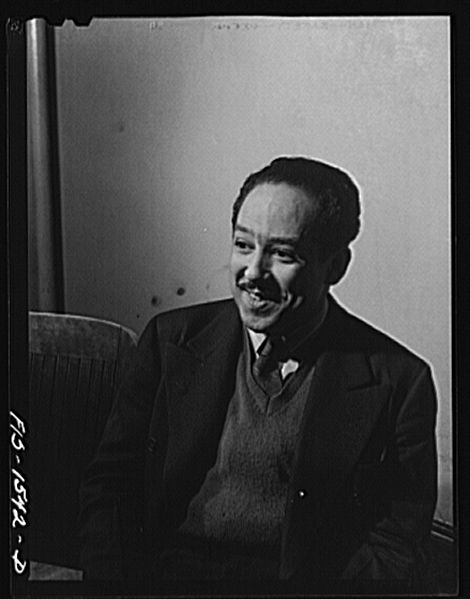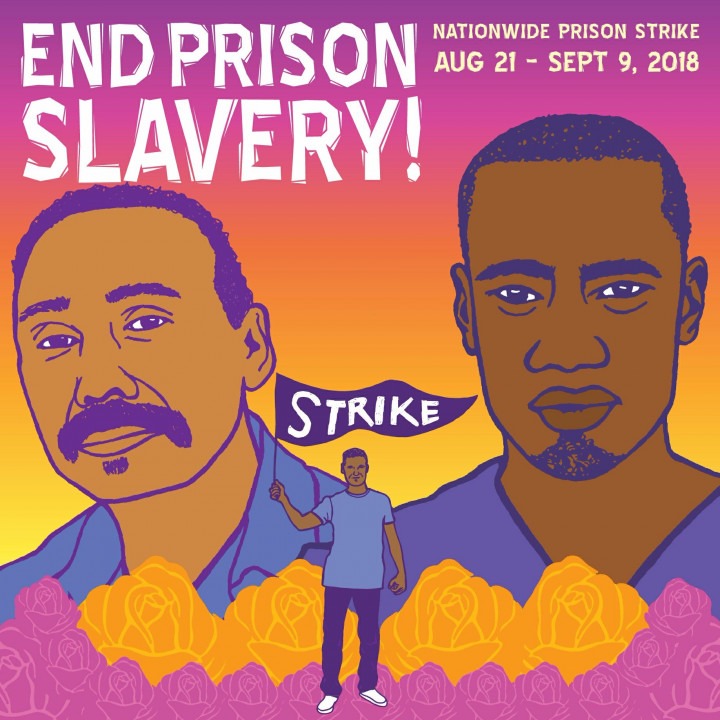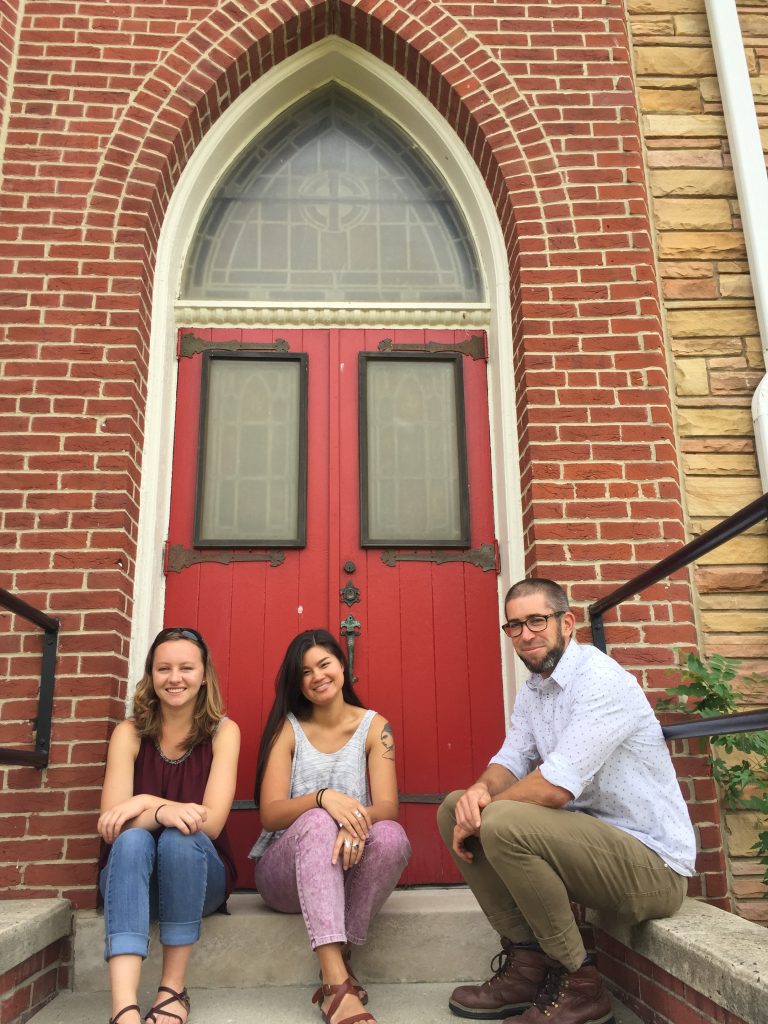One of the more visible effects of global warming is flooding, and coastal cities -like Lagos, Nigeria- are seeing a rise in sea levels, due to melting polar icecaps. As one of the most populous cities on the continent of Africa, communities fear that the city is becoming unhabitable. This is because while floods are not foreign to Nigeria -March to November are peak rainy months-, the floods this year have been some of the worst on record.
This issue is further exacerbated by unreliable drainage systems, waste management facilities, and rushed poor housing infrastructure. Lack of infrastructural resistance and/or agility in the face of climate change put the lives of residents at risk. Torrential rain because of ecological injustice and rising sea levels, coupled with a coastline that is constantly eroding due to being mined for construction purposes, the urgency of now cannot be overstated.
Former priorities by the Lagos State government geared towards caring for the environment such as: proper waste management facilities, tree-planting exercises, and avenues for environmental sustainability awareness have been abandoned, leaving residents and indigenes reeling and struggling to keep up with manifestations of ecological injustice, such as these torrential floods. Governmental and institutional failure to see these floods not just as an ecological issue but also as a public health, security, and class issue as well highlights how tragic its dismal response to the recent flooding and the displacement and hardship it is causing.
Western efforts to disseminate capitalism via economic and democratic conditions in the name of ‘development’ sees cities such as Lagos located on the African continent -which produces 2-3% of carbon emissions, being disproportionately impacted by the effects of climate change. Often advocacy for a political economy that mirrors that of countries like the US, which have large industrial economies -industries that include a food system contingent displacement and immigrant worker exploitation, or the military & arms industry- in countries like Nigeria do not highlight the violence that is the cornerstone of these political economies. Additionally, dependency is what is usually advanced through efforts of disseminating development via institutions such as IMF, World Bank and even US State department and USAID. Ecological injustice is a direct ramification of turning a blind eye to the slippery underbelly of the current political economy. There is a direct connection between the maligned, capitalistic use of the land for coal, oil, monoculture farming and animal rearing, funding + sustaining of extrajudicial wars and environmental degradation. Analysis of the torrential floods impacting coastal cities such as Lagos must be done within the larger context of ecological injustice internationally.
As people of faith, we have an obligation to hold in love the land and all who walk on it. An important way of doing so is understanding the ways in which we are complicit, questioning, or actively pushing back against structures and institutions causing harm -harm that disproportionately impacts black and brown bodies worldwide. Pushing back against ecological injustice is work that does not take place only in the sphere of the individual; changing your recycling and composting habits is half a step in a fifty-mile journey. Ecological justice is also a security, public health, and economic issue, and we must orient ourselves to thinking about the work of loving the earth and all who walk on it in these realms too. This week especially, as we gather in to break bread with our loved ones, on stolen land soaked with the blood of indigenous nations who even now steward and care for the land, we echo the sentiments shared in the World Council of Churches Statement in response to COP26, which “…acknowledge[s] and affirm[s] the agency and leadership of Indigenous People…” and “…appeals for a fundamental conversation in all our nations, societies, churches, and communities, away from the destructive exploitative path which has led us to this precipice, towards a just and sustainable future.”
Susuyu Lassa is currently a seminarian at Bethany Theological Seminary. She is from Nigeria -born in Lagos- and is a member of the Church of the Brethren in Nigeria (EYN). This op-ed was written to fulfill the requirements of the 2021 Faithful Climate Action Fellowship.


